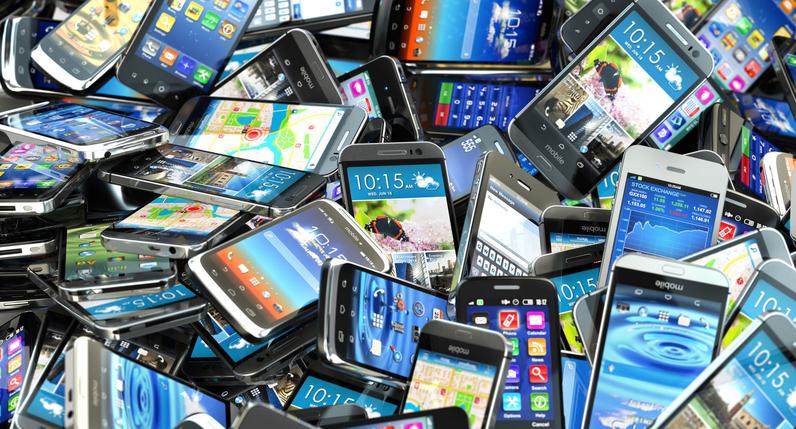The scheme to rate mobile phone models based on eco-friendly criteria is ready to be launched globally but there is one device maker that still does not appear on the list of participants.
The Eco Rating scheme unveiled by Deutsche Telekom, Orange, Telefónica, Telia Company and Vodafone in May was initially rolled out in 24 European countries, followed by South Africa and Brazil, via Vodafone’s Vodacom and Telefónica’s Vivo respectively.
The telcos said they are now ready for global expansion, although the countries next on the launch list are all in South America: Argentina, Chile, Colombia, Ecuador, Mexico, Peru and Uruguay. That those locations are next up suggests that Telefónica, which offers mobile services in all of them, is the driving force behind this next phase of expansion.

As well as rolling out the scheme in additional markets, the operators have secured buy-in from more vendors. At launch, there were a dozen phone makers on board, including big guns like Samsung, Huawei, Xiaomi and Oppo. Apple – you guessed it – was conspicuous by its absence and remains so, as does Google, although another three brands have joined the party: Fairphone, Realme and Vivo.
In all, more than 150 mobile phone models are now covered by the Eco Rating initiative. That’s more than double the number included at launch.
So, what does it actually do? The overriding goal of the initiative is, in the words of the telcos, “to provide consistent, accurate information at retail on the environmental impact of producing, using, transporting and disposing of smartphones and feature phones.” There’s a detailed Eco Rating methodology through which devices are scored across 19 different criteria designed to assess the environmental performance of a device through its lifespan. Theoretically, the maximum score a device could achieve is 100, although we gather that’s virtually impossible. The system also rates devices under five headings including durability, repairability, recyclability, climate efficiency, and resource efficiency.
As for which devices are scoring highly, well, that’s hard to say. A quick trawl round the domestic sites of some of the founder members of the scheme shows that the information is not readily available. I’m happy to be corrected, but I didn’t find it anywhere. When the scheme launch the telcos said it would guide customers at the point of sale, which possible means only in retail outlets. But if that’s the case – or indeed if the information exists online but is buried somewhere – then the scheme loses much of its efficacy.
In an era in which consumers are becoming much more environmentally aware, with an increasing number keen to make purchasing choices based on such criteria, the Eco Rating scheme is a big step in the right direction. But if the information is difficult to find, then this is just a CSR box ticking exercise. What’s the point?
